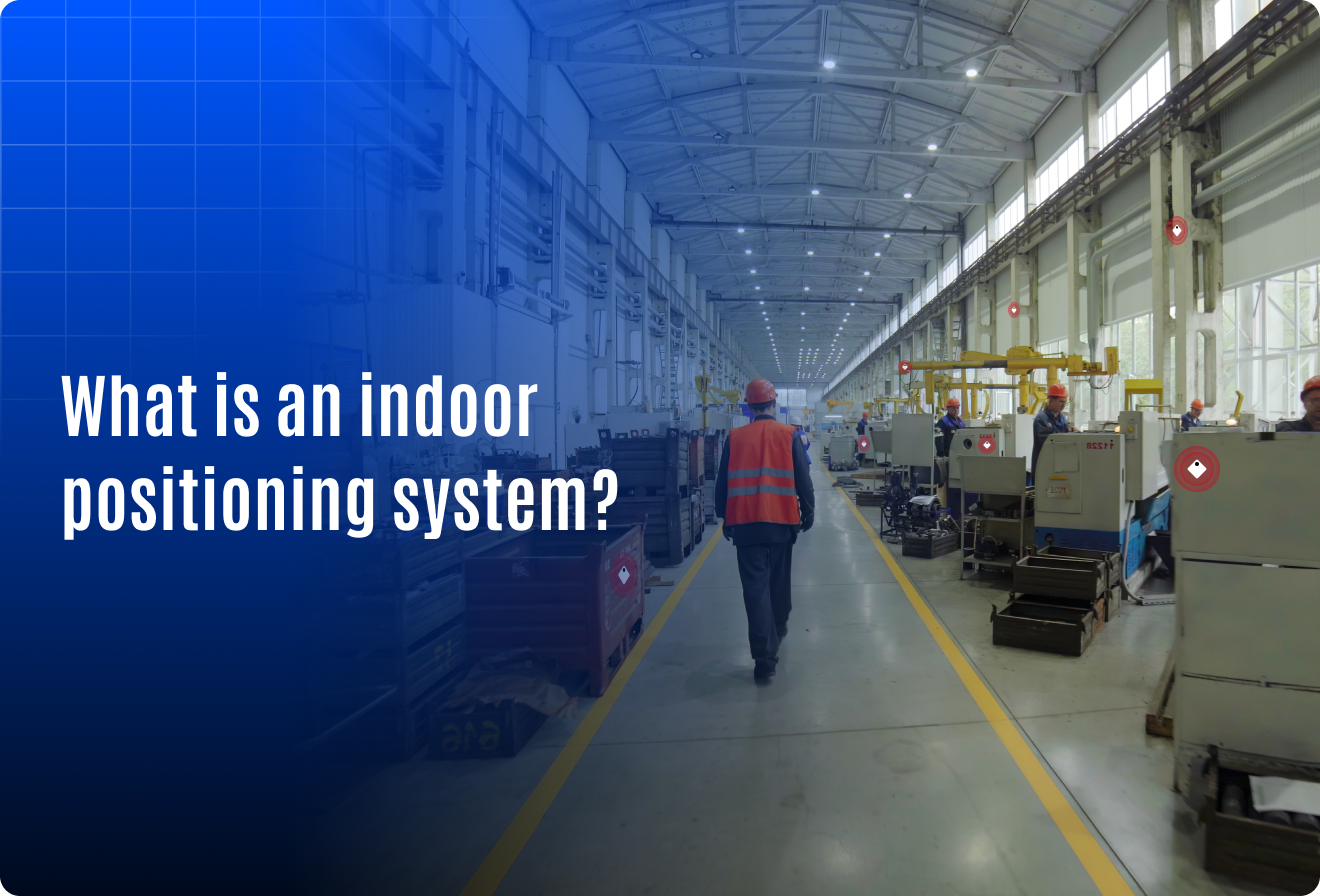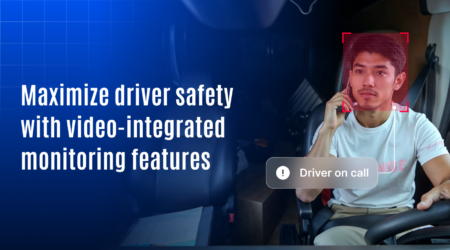What Is an Indoor Positioning System and How Does It Work?

Imagine you’re inside a large airport or shopping mall, trying to find a specific store, gate, or even a person. Outdoors, we’d simply rely on GPS. But once you’re inside a building, GPS falls short. This is where Indoor Positioning Systems (IPS) come into play.
According to a MarketsandMarkets report, the indoor positioning and navigation market is expected to grow from $10.9 billion in 2023 to over $23 billion by 2028. This rise is fueled by the increasing demand for asset tracking, employee safety, and indoor navigation especially in factories, hospitals, warehouses, and smart buildings.
So, what exactly is an indoor positioning system? And how does it work?
Understanding indoor positioning systems
An Indoor Positioning System (IPS) is a technology that helps locate people or objects inside a building just like GPS does outdoors. It’s commonly used in places like:
- Manufacturing units
- Hospitals
- Warehouses
- Airports
- Malls
- Office buildings
Businesses use IPS to track movement, monitor assets, and improve operational efficiency.
But the question is: How does it work if GPS doesn’t?
The technology behind indoor positioning
Unlike GPS, which depends on satellites, indoor positioning relies on local technologies like:
1. Bluetooth low energy (BLE) beacons
These small wireless devices are placed around a facility. When a mobile device or wearable comes near, the beacon sends signals to help determine its exact location.
Common use: Tracking equipment inside hospitals or factories.
2. Wi-Fi-based positioning
Wi-Fi signals vary in strength based on distance. IPS uses this signal strength (RSSI) to estimate the position of a device.
Common use: Navigating inside malls or airports using your smartphone.
3. Ultra-wideband (UWB)
UWB offers extremely precise tracking often accurate within 10–30 cm. It’s ideal for fast-moving environments like automated warehouses.
Common use: Tracking forklifts, pallets, or even employees in logistics hubs.
4. Sensors and accelerometers
Devices can also use motion sensors to calculate movement and provide step-by-step tracking indoors.
Common use: Wearables for worker safety and footfall analysis.
Each technology has its pros and cons. Some are more accurate, while others are more affordable or easier to deploy.
How does an indoor positioning system work?
Here’s a simple story to explain:
Let’s say you’re managing a large warehouse. You’ve deployed BLE beacons throughout the facility. Each beacon is constantly sending out a signal. Employees wear ID cards or tags that can receive these signals.
As a worker moves through the warehouse, the tag collects signals from nearby beacons and sends the data to a central software system. The system then calculates the person’s location on a map in real-time.
Now you can:
- Monitor where each worker or forklift is
- Ensure people avoid restricted zones
- Track high-value inventory
- Improve emergency response times
That’s IPS in action.
Why system integrators should pay attention
As a system integrator or reseller, this technology opens doors to new business opportunities. Here’s why:
- More industries are going digital – Warehouses, hospitals, and malls are asking for indoor tracking solutions.
- Clients want custom solutions – You can tailor IPS offerings based on location accuracy, budget, and hardware preference.
- Recurring revenue potential – Hardware sales, software subscriptions, installation, and maintenance offer multiple streams of income.
If you’re already selling GPS or telematics solutions, IPS can be a natural extension to your portfolio.
Real-world business benefits
Let’s take a quick look at how IPS delivers real value:
The use cases are only growing and so is the demand.
Final thoughts: IPS is the indoor GPS for modern businesses
Indoor Positioning Systems are no longer just “nice to have.” They are quickly becoming business-critical tools. Whether it’s for safety, productivity, or visibility, IPS is giving businesses control over their indoor spaces like never before.
If you’re a system integrator or solution provider, now’s the time to explore this growing space. There’s a market waiting for smart, reliable IPS solutions and you can be the one to deliver it.




